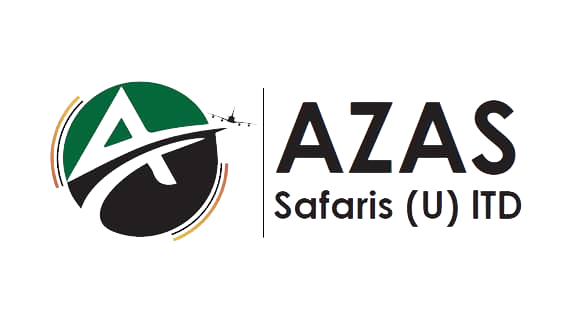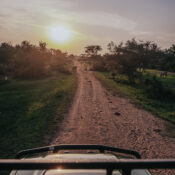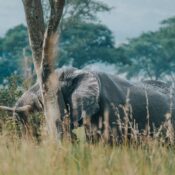Albertine Rift Montane Forests
Albertine Rift Montane Forests
The Albertine Rift encompasses the Great Lakes of central Africa, stretching from the northern tip of Lake Albert to the southern tip of Lake Tanganyika. The Rift is located within six countries: Burundi, the Democratic Republic of the Congo, Rwanda, Tanzania, Uganda, and Zambia.

Albertine Rift Montane Forests
The topography of the Albertine Rift is characterized by mountains and escarpments, and their associated valleys and flanks.
The higher elevations support afromontane and sub-montane forests, grasslands, and – on the highest peaks – afroalpine moorlands.
Species
The Albertine Rift is an area of exceptional endemism, and contains many species threatened with global extinction, particularly within the mountain forest habitats.
Over 50% of birds, 39% of mammals, 19% of amphibians, and 14% of reptiles and plants found in mainland Africa occur in the Albertine Rift.
The Albertine Rift forests are most famous for their population of mountain gorillas protected in a number of national parks including Virunga, Bwindi, and Mgahinga. WWF has been working with some of these gorilla populations for a long time.
Threats
The region is one of the most densely populated areas in Africa and therefore suffers from a high degree of direct and indirect threats to the entire ecosystem, such as unsustainable timber extraction, general forest clearance and conversion to agricultural land, grazing, hunting and firewood collection.

Since 2001, the Albertine Rift Core Group has developed an Albertine Rift Strategic Framework. The group consists of the following agencies:
- the Albertine Rift Conservation Society (ARCOS),
- the African Wildlife Foundation (AWF),
- the Diane Fossey Gorilla Fund-International (DFGF-I),
- the International Gorilla Conservation Programme (IGCP),
- the Institute of Tropical Forest Conservation (ITFC),
- Makerere University Institute of Environment and Natural Resources (MUIENR),
- the Wildlife Conservation Society (WCS), and
- WWF.
The Core Group has analysed the remaining large patches of habitat in the Albertine Rift, and identified the 88 most important conservation sites.
7 of these sites are high in priority for conservation intervention. These sites are the:
- Virunga,
- Bwindi Impenetrable
- Kahuzi-Biega,
- Kibale,
- Nyungwe,
- Semliki, and the
- Itombwe Massif.
- Additional sites that are particularly important for endemic and threatened species include the:
Rwenzori Mountains (Uganda) - Kibira (Rwanda) National Parks, and the
- Kasyoha-Kitomi Forest Reserve (Uganda).
PRIORITY SPECIES
- Mountain gorilla
- Eastern lowland gorilla
- Chimpanzee
- African elephant
for more information visit
All Categories
Recent Posts
Kidepo Valley National Park
The Kabaka’s lake
What is the African elephant?
Tags
Quick booking process
+256 393254072


